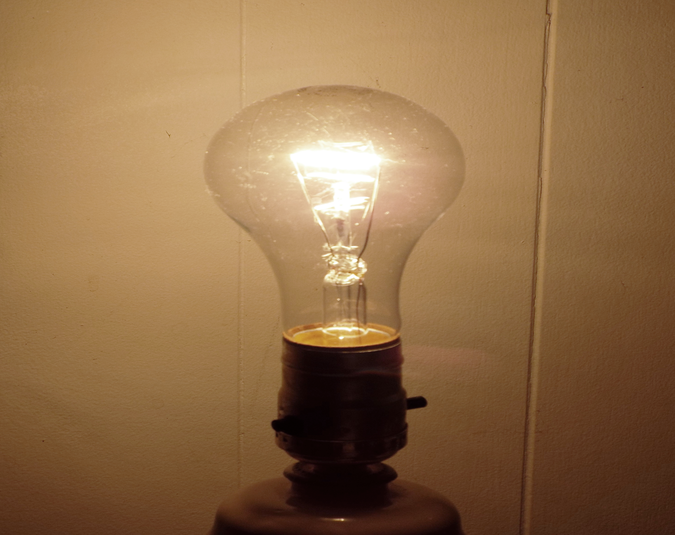Hafnium
Hafnium:

Hafnium is commonly used in the wiring of light bulbs, specifically gas and incandescent light bulb filaments.
Facts about Hafnium:
- Hafnium: Lustrous, silver, gray, solid ductile metal at standard conditions.
- Fun fact about Hafnium: Hafnium is rarely found in free nature and is mostly found in concentration at about one to five percent in zicronium minerals. Both elements are so similar to each other that it can be difficult to separate them from one another.
- Chemical symbol: Hf
- Atomic number: 72
A crystal structure containing Hafnium:

Image showing how Hafnium, displayed as the light blue wires, is centered in the structure.
Facts about this structure:
- Formula: C45 H75 Cl Co Hf I N3 P3
- Structure name: tris(μ2-P,P-Di-isopropyl-N-mesitylphosphinous amidato)-chloro-iodo-cobalt-hafnium
- Fun fact about the structure: This structure has a green-brown colour and its general shape is a prism
- CSD refcode: ABEVEK (What’s this?)
- Associated publication: V.N.Setty, Wen Zhou, B.M.Foxman, C.M.Thomas, Inorganic Chemistry, 2011, 50, 4647, DOI: 10.1021/ic200445x
More about Hafnium:
Hafnium is the 45th most abundant element on Earth, making it only take up 3.3 parts per million of Earth’s crust by weight. Hafnium is a transition metal, meaning it has the potential to have many oxidation states and is a good conductor of electricity. Hafnium is also pyrophoric which means it can ignite spontaneously when exposed to air when in powder form. Russian chemist Dmitri Mendeleev predicted Hafnium’s existence in 1869. It wasn’t until 1923 that chemist George de Hevesy and physicist Dirk Coster were suggested by Niels Bohr to find the missing element in zicronium ores by X-ray spectroscopy due to the fact that metals with similar properties could be found in the same ores. Hafnium is also known to be a good material for neutron absorption to be used in control rods in nuclear power plants.
Learn More About the International Year of the Periodic Table (IYPT) in Crystals Project:
This project (#IYPTCrystals) is part of the International Year of the Periodic Table celebration (#IYPT2019), read more about the project here.
You can follow us on social media; search for #IYPTCrystals or follow The CCDC on X @ccdc_cambridge on Facebook ccdc.cambridge, on Instagram ccdc_cambridge or on YouTube CCDCCambridge.
Understand some of the terms and concepts used with our Frequently Asked Questions page here.
A 3D visualization showing Hafnium in real crystal structures: